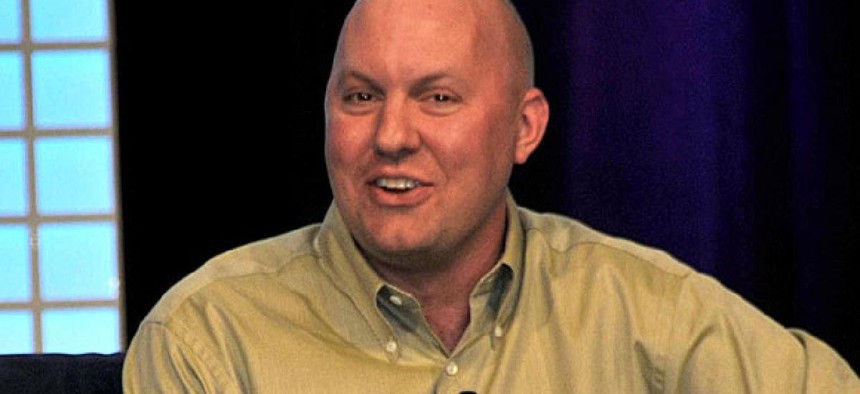Is Government Now the Caboose of Technology?

Marc Andreesen Flickr user jdlasica
Federal agencies used to drive technology innovation. Now, not so much.
TechCrunch has posted an interesting Q&A with veteran IT innovator Marc Andreesen on "the future of enterprise." It includes an insightful (if not wholly original) summary of the evolution of the computer industry, in which Andreesen makes the case that government used to fund and develop the big advances in computing, which would then make their way to private companies and, ultimately, consumers. Now, Andreesen argues, the situation is reversed.
Here's how he characterizes the shift:
So the computer industry started in 1950 and basically ran for 50 years with the same model, which was a model where all of the new computers, all the new technology, all the new software started out being sold for the highest prices to the biggest organizations.
So originally the customer was the Department of Defense. It was the first customer for the computer. In fact, one of the big first computers was called SAGE, which was a missile defense, the first missile-defense computer, which was like one of the first computers in the history of the world which got sold to the Department of Defense for, I don’t know, tens and tens of millions of dollars at the time. Maybe hundreds of millions of dollars in current dollars.
And then five years later computers became — they dropped half in price and then the big insurance companies could buy them, and that’s when Thomas Watson, who ran IBM at the time, was quoted as saying, “There’s only a market need in the world for five computers.”
The reason that wasn’t crazy when he said it is because there were only five organizations that were big enough to buy a computer. So that’s how it started. And then IBM came along and productized the mainframe, and then all of a sudden big normal companies — manufacturing companies and banks — could start to buy computers. And then DEC came along and came out with the minicomputer, and then all of a sudden smaller companies could start to buy computers. And then the PC came out and then all of a sudden individuals could start to buy computers. But the PC only ever got to hundreds of millions of people. It never got to billions of people.
Now, the smartphone has come out and it can get to billions of people.
And so it has always been this kind of trickle-down model for 50 years. We think that basically about 10 years ago the model flipped. And so we think that the model flipped to a model where, today, where the most interesting and advanced new technology now comes out for the consumer first. And then small businesses start to use it. And then medium-size businesses start to use it, and then large businesses start to use it, and then eventually the government starts to use it.
NEXT STORY: Dials versus digits



